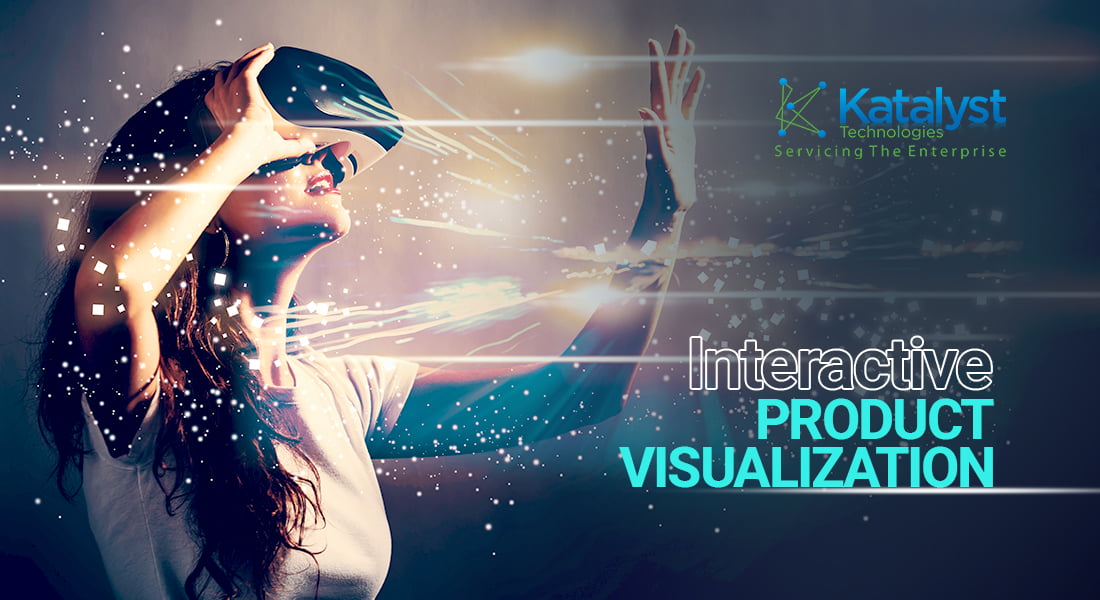
Product visualization is transforming the e-Commerce game for retailers around the world. From improving the customer experience to boosting sales, here’s why your company needs product visualization for effective e-commerce.
Introduction
Despite online shopping becoming a new norm, consumers still prefer some of the advantages that a brick-and-mortar shopping experience has to offer. A survey by Bizfeel revealed that the biggest drawback to online shopping for customers is not being able to touch, feel, and try a product. A lack of physical shopping experience and interactivity follow on the list of cons to online shopping.
For this reason, interactive product visualization is on the rise, with the market expecting to reach $3.7 billion by 2026. With the emergence of product visualization, consumers now have the chance to see, understand, and experience a product thoroughly online before making a purchase, as they would in-store.
What does this all mean for online retailers? In this blog, we’ll define product visualization and share why you should incorporate it into your e-commerce strategy to achieve a more engaging online shopping experience for customers.
What is Product Visualization?
Interactive product visualization, also known as 3D product rendering, is the act of using renderings, images, and artwork to visually convey your products to customers. One way to achieve this is to enable your e-commerce site with visual product configuration software. Through this approach, customers can view a photo, or rendering, of the product before they order online so they know exactly what they’re buying.
Through augmented reality (AR), interactive 3D, and even traditional 2D images – companies can choose to invest in an array of visual content solutions that’ll boost their e-commerce visualization strategy. For example, AR applications let shoppers place virtual products into real-world settings to see how they’ll fit. Similarly, interactive 3D offers full-product rotations that showcase products at every side and angle. On top of that, interactive 3D modeling can also produce computer-generated 2D images that can be altered immediately based on the user’s preference.
Why Online Retailers Need Product Visualization
Retailers who wish to excel in e-commerce must first address the customer issues associated with online shopping. According to recent e-commerce statistics, roughly 22% of consumers return products because the product they received looked different than it did in the images on the website. Armed with the technologies of product visualization, online retailers can improve the online ordering experience with high-quality images that portray exactly what the customer will receive upon delivery.
Product visualization also improves customer relationships by offering e-commerce customization to products in real-time. From this process, vital data can also be collected to target product preferences based on demographics like geography and gender. Ultimately, this can help diminish online product returns while simultaneously boosting sales.
Conclusion
Overall, product visualization leads to order accuracy, satisfied customers, and a competitive advantage worth investing in. Once incorporated into your e-commerce site, product visualization can provide a more engaging, personalized, and precise representation of your brand and your products.
Don’t miss out on an opportunity to build a better relationship with your customers. Discover how product visualization can help you elevate your e-commerce site by contacting Katalyst Software Services Limited today.

